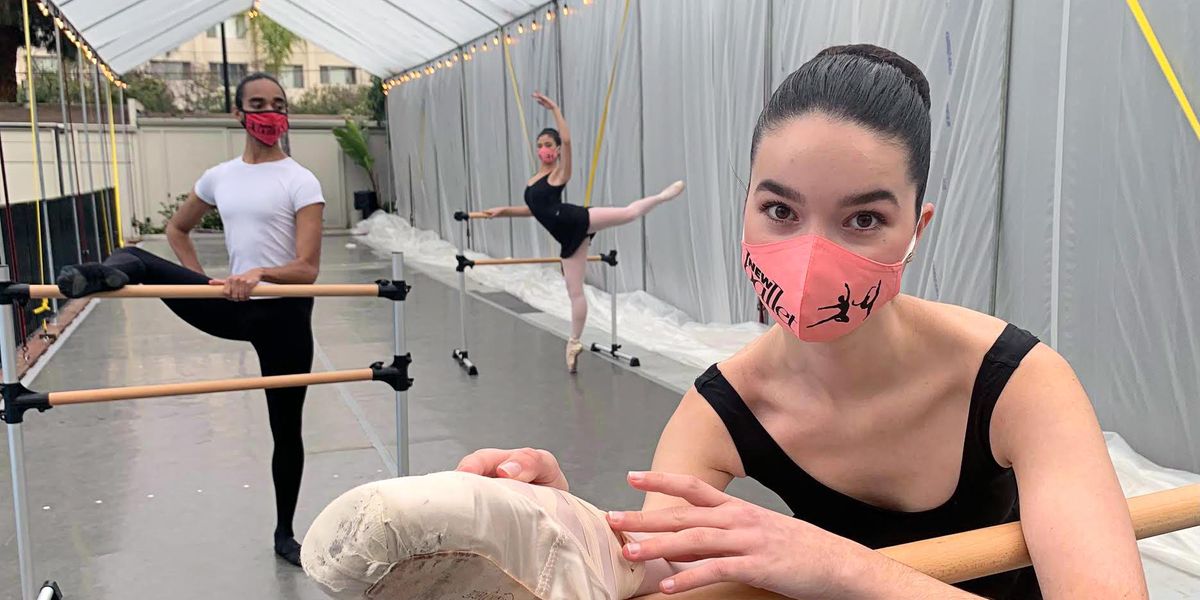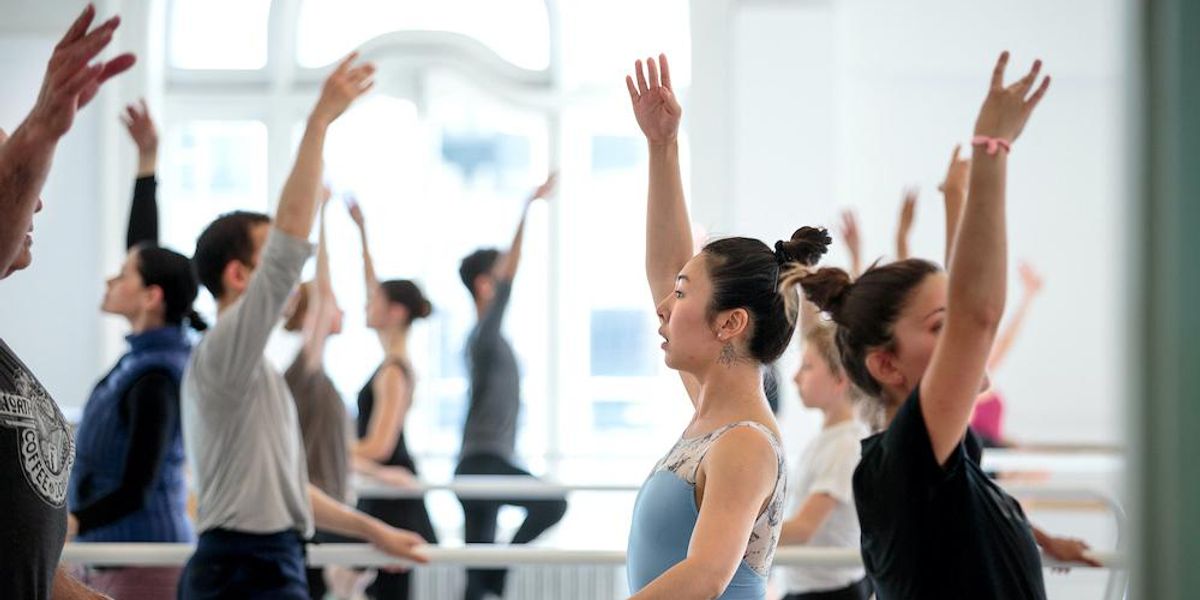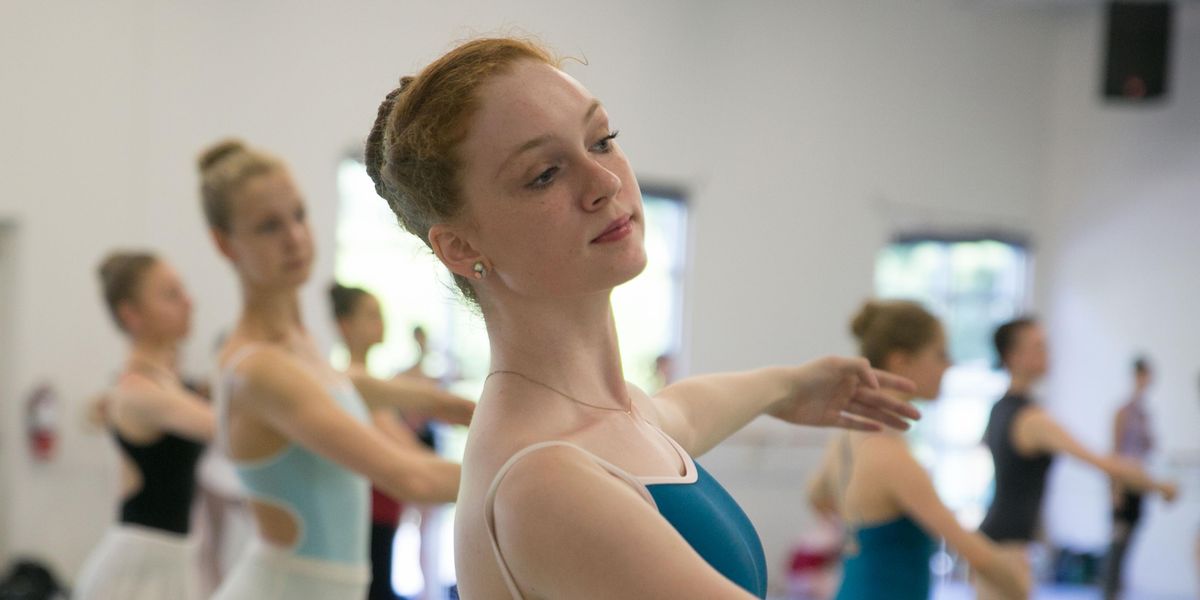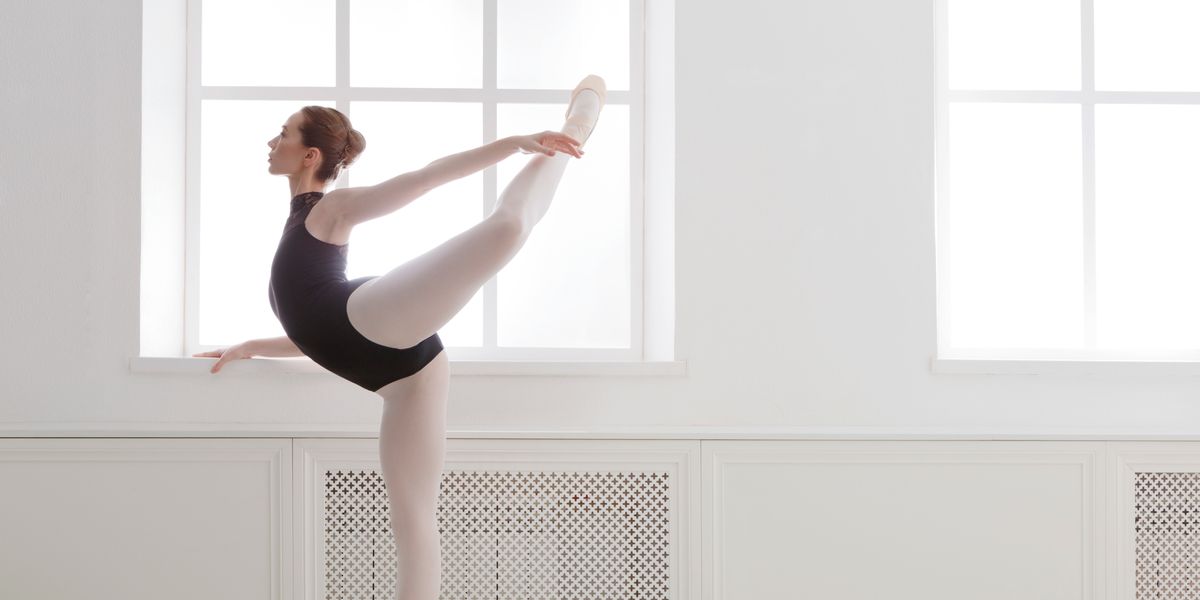Why Planning Summer Study This Year Is More Complicated Than Ever
When it comes to navigating summer intensives, 2021 may be more complicated for ballet students than last year. On the heels of the COVID-19 pandemic’s spring spike in 2020, summer programs went all-virtual or had very limited capacity. This year is more of a mixed bag, with regulations and restrictions varying widely across state and county lines and changing week by week.
Between vaccines and variants, can students aim for a full calendar of intensive training at local and national summer programs?
In-Studio Classes, Lower Enrollment
Many schools affiliated with major companies are finding ways to make in-person intensives possible, with some offering housing. However, they’re doing so at smaller scales to enable social distancing. For instance, at San Francisco Ballet School, administrators have decreased enrollment by 25 percent compared to normal years. Boston Ballet School’s Summer Dance Program is expecting to land at two-thirds enrollment overall in both its classes and housing, as compared to a non-pandemic year. While in-person classes are a big improvement from last year, smaller enrollment at major schools means that a large number of students can’t be accommodated.
This stressful situation may be heightened by waitlists for those coveted in-person slots. “Yes, waitlists are longer. That said, we’ve never used one before, so we don’t have a good comparison to base that off of,” confirms Dave Czesniuk, managing director of Boston Ballet School, over email. “We are sensing a lot of ‘wait and see’ from the population. We won’t be allotting any additional acceptances, since we filled our enrollment and waitlist so fast.”
Luckily, the pandemic uncertainty has also meant that some programs are announcing plans later and still hosting auditions through April and May—check out Pointe‘s Summer Study Guide, which is regularly updated.

Courtesy Interlochen Center for the Atrs
Should You Go In-Person or Virtual?
Many top-tier intensives, like the ones mentioned above, will offer a combination of in-person training and virtual classes (expanding the latter as a contingent plan if outbreaks occur). Smaller, bubble-like programs are also worth considering, and may be more conducive for social distancing, whether commuter-based or residential. For example, Michigan’s Interlochen Center for the Arts, which is offering a virtual option and on-site programs, has outdoor studios, cabin-style housing spaced out on a wooded campus and regular testing.
Other schools are only offering virtual intensives. For example, American Ballet Theatre is not holding in-person programming at its Southern California location and is waiting for more information from its Texas, Florida and Alabama university partners before deciding whether those will be in-person. (The New York City intensive, also still tentative, does not offer housing.)

Courtesy Coker
There are pros and cons to each type of intensive, and you should take into account your current training and career goals, as well as safety, when deciding which to attend. For example, younger students, with their shorter attention spans, may be best served at a program that lets them train in person, so that they can take a full class through grand allégro and receive in-person, dedicated corrections.
Alternately, older students often see summer sessions as a chance to get in front of a director and potentially earn a traineeship or apprentice contract down the road. Joseph Morrissey, dance director at Interlochen Center for the Arts, acknowledges that his older students looking to train away from home this summer may feel pressure to network at company-attached programs. But while vaccines may be possible for students over the age of 16 by summertime, he says, he wants them to be vigorous in selecting an intensive for its safety protocols. “I would never sacrifice safety over networking.”
Kate Lydon, director of ABT’s summer intensives, notes that virtual intensives can be a great place to safely network. She points out that ABT Jacqueline Kennedy Onassis School director Cynthia Harvey, ABT Studio Company director Sascha Radetsky and ABT artistic director Kevin McKenzie will be teaching at all of the company’s two-week virtual intensives—and confirms they will be keeping an eye out for new talent. “These three see more students over Zoom than they normally would because usually they would only be present at our New York program.”
Staying Local
This summer may see more dancers staying close to home. Elizabeth Hutter, principal at New Ballet School in San Jose, California, is leery of sending her students to in-person residential programs due to the risk of a COVID-19 outbreak. “What might look sure right now might be unsafe in two weeks,” she says. Her dancer daughter, 18-year-old Sarah Patterson, has decided to stay home this summer to take advantage of in-person classes at the New Ballet School’s outdoor studio.
Katie Slattery, a faculty member at The Florida Ballet, is seeing a similar trend and says this is a genuine concern for families. “Most of our advanced year-round students who typically go away to an intensive are enrolling here for summer because their parents don’t want to send them away due to COVID.”
Hutter also notes that many families have been economically impacted by the pandemic, making a residential program—or finding housing if it’s not provided—financially challenging. She adds that some schools are charging just as much for their virtual sessions, and that not all families have the same access to at-home training accommodations, like wide space and portable flooring. If your family isn’t in a position to pay for full-priced programs, training at your local studio may be the more economical fit with the lowest health risk.

Courtesy Interlochen Center for the Arts
Design Your Own Hybrid Curriculum
To get the best of both studio training and national networking, Lydon suggests combining in-person and virtual programs, if possible. For instance, you could start or end your summer with a short virtual session and also attend a local, socially distanced one.
If that’s not an option, keep in mind that the wealth of online training resources, from master classes to cross-training to at-home technique and pointe classes, is likely to continue into 2021. While a smattering of Instagram and YouTube classes can’t replace a dedicated training schedule and live teacher corrections, strategically selected virtual classes may help supplement your local training.
Morrissey’s advice is to keep everything in perspective. Understand that many students are in the same boat this year, and one summer won’t make or break your career if you keep dancing and stay positive. “At the end of the day, the art form is not going anywhere,” he says. “It’s on maybe a little bit of a pause, it’s not fun, it’s not comfortable, but we will come back.”






